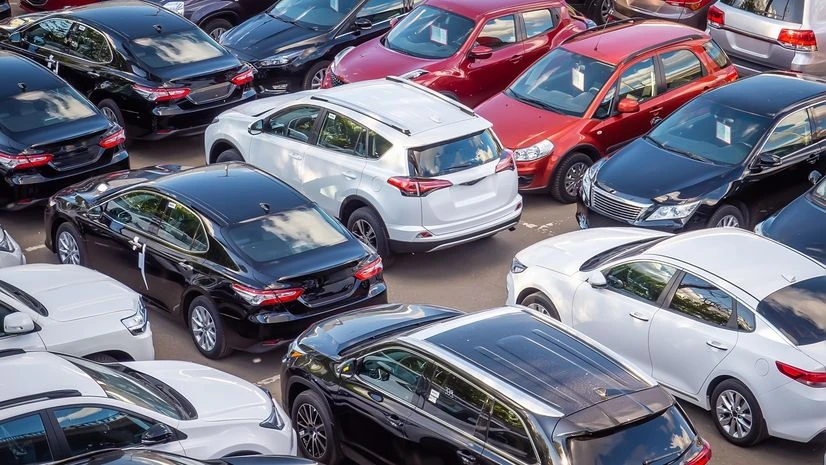)
Tata and Mahindra have firmly established their automotive products in South Africa. Photo: Shutterstock
India has become the South African automotive industry’s top country of origin for vehicle imports since 2013, the Automotive Business Council says in its BRICS+ Research Report 2024.
This was because India has been established by various brands as the global hub for small and entry-level vehicles which comprise the bulk of sales in the domestic market, the report said.
Tata and Mahindra have firmly established their automotive products in South Africa. Mahindra executives have even repeatedly reaffirmed that South Africa is their second home outside India because of major investments, including a production line in Durban.
China and India have consistently featured as two of the South African automotive industry’s top 10 trading partners since 2010, mainly due to the increasing level of automotive imports.
More recent entrant China has consolidated its position as the second largest country of origin for vehicle imports since 2022 as financially strapped consumers gravitated towards the more affordable model options in the domestic market, while the country has also become the top country of origin for aftermarket parts imports since 2018, the report said.
In 2023, the automotive trade balance remained heavily skewed in favour of India with an import to export value ratio of 97,7 to 1, with China 56,8 to 1 and with Brazil 2,6 to 1, the report said as it identified the need for BRICS nations to explore complementarities, share experiences and promote capacity-building in automotive trade and investment-related issues.
The report said that South Africa’s admission into BRICS (Brazil, Russia, India, China and South Africa) had enhanced the country’s international stature, and trade and economic relations with these major economic forces.
After South Africa joined BRICS in 2010, automotive exports increased in case of all four partner countries from 2010 to 2011, which could be attributed to increased interest in South African automotive products at the time.
However, between 2010 and 2023 automotive exports declined in the case of India while for Brazil, China and Russia, despite reflecting increases, exports remained negligible in the context of the domestic automotive industry’s total record export revenue of Rand 270.8 billion in 2023.
The report cited the reasons for this indifferent export performance relating to BRICS countries as being broader market and economic conditions, automotive policy factors, tariff measures as well as relevant country profiles not suited to the specific premium passenger car models and bakkies manufactured in South Africa.
As far as automotive imports are concerned, sound increases from all the four countries into South Africa were recorded from 2010 to 2011. Over the period 2010 to 2023, automotive imports from China, India and Brazil increased by significant margins, it said.
The report shared the opportunities that would result for South Africa from the admission of five more countries to the BRICS+ bloc since January 2024.
The expansion of the group to BRICS+ from January 1, 2024, including other significant emerging economies, promises to reshape various global industries, including the automotive sector.
The integration of new member countries could optimise automotive supply chains within BRICS+. BRICS attracts a diverse group of potential members because of its primary-driven shared desire to create a more equitable global landscape that many countries believe is currently biased against them, the report said.
(Only the headline and picture of this report may have been reworked by the Business Standard staff; the rest of the content is auto-generated from a syndicated feed.)
First Published: Sep 17 2024 | 7:36 AM IST


































